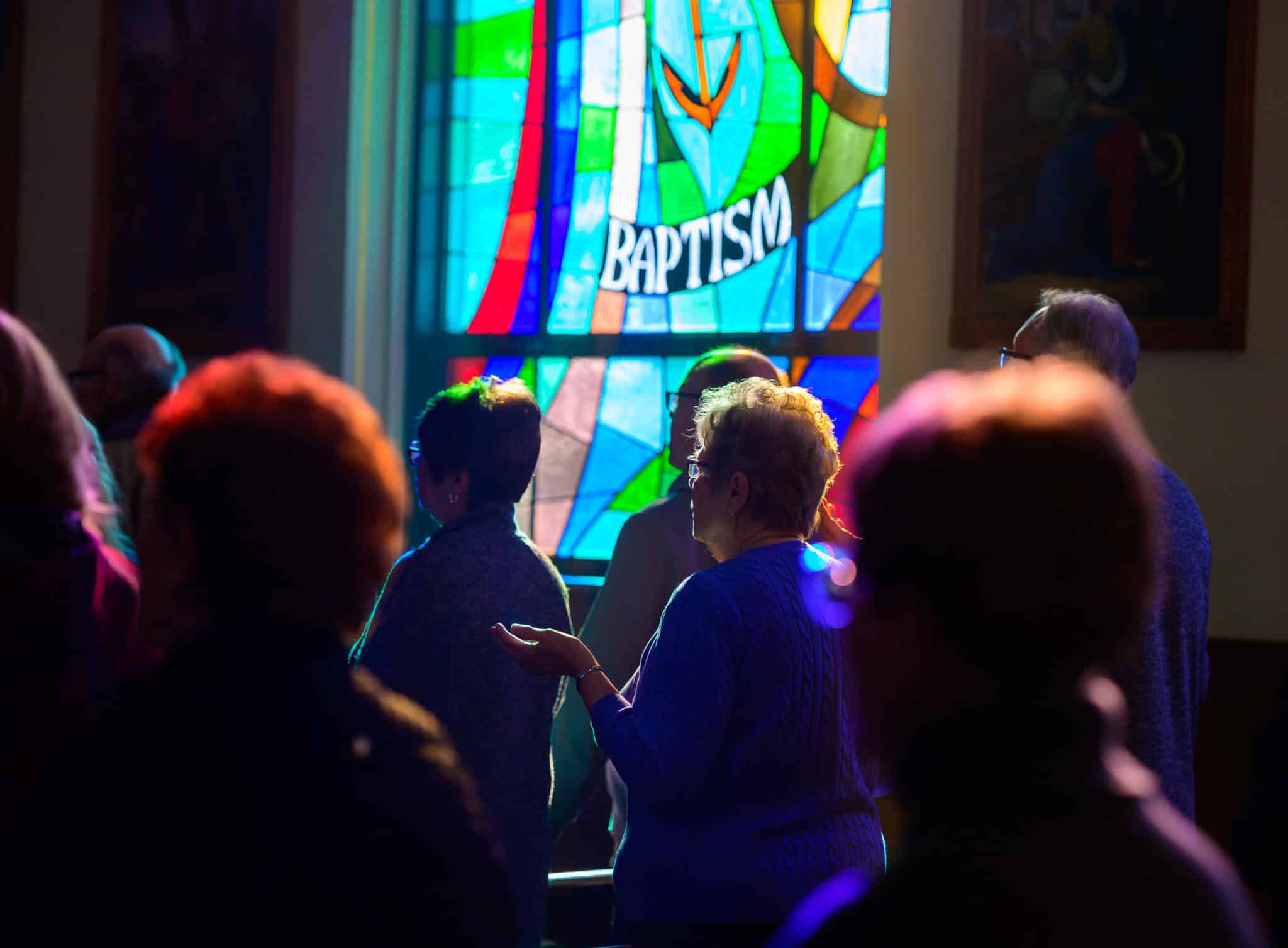On Sundays and holy days of obligation, we recite the Nicene Creed. We begin by saying, “We believe in one God….” Although this is the first person plural, this prayer’s Latin text reads “Credo” (“I believe,” first person singular). Who made this change and by what authority?
What we commonly call the Creed is technically called a Profession of Faith. That is the heading used in the Sacramentary, the liturgical book used by the priest for prayers at Mass.
You are correct that the Latin text indicates the first person singular. Whose faith, however, is being professed at Mass—that of an individual, isolated believer or that of many believers sharing a common faith?
Historically, the Profession of Faith was written for an adult about to receive the Sacrament of Baptism. From memory, he or she recited this prayer to show an acceptance of what the Church believes. Only an individual person could pray that Profession of Faith.
The fifth and latest edition of the General Instruction of the Roman Missal (GIRM) explains that the Profession of Faith at Mass “serves as a way for all the people gathered together to respond to the word of God proclaimed in the readings taken from Sacred Scripture and explained in the homily. By reciting the rule [Profession] of faith in a formula approved for liturgical use, the people call to mind and confess the great mysteries of the faith before they begin to celebrate these mysteries in the Eucharist” (#67).
There are several creedal statements in the New Testament (for example, “Jesus Christ is Lord,” Philippians 2:11). More detailed Professions of Faith were developed—sometimes as a single statement and other times as a positive response to questions about belief in God the Father, Son and Holy Spirit. At the Easter Vigil and on Easter Sunday, the liturgy uses the question-and-answer format.
Creeds have evolved. There was, for example, the famous insertion of the term “of one substance with the Father” (homoousios) to describe what the Church believes about Jesus’ divinity. This was done at the Council of Nicaea (325 A.D.) in order to distance the Church from the teaching of the priest Arius. The bishops modified an existing Profession of Faith, written in Greek, which beginspisteuomen (we believe).
The Council of Constantinople (381 A.D.) added another section to reflect the Church’s belief in the divinity of the Holy Spirit.
At Mass today we use the Nicene-Constantinopolitan Profession of Faith. When this text was translated into Latin, pisteuomen (we believe) was rendered asCredo (I believe).
In the 11th century, praying the Profession of Faith during Mass, once a regional custom, became a universal practice in the West. The Creed was introduced into the Mass at this point because Baptisms were celebrated then. The Creed completes the Liturgy of the Word and prepares those present for the Liturgy of the Eucharist.
What began as an individual Profession of Faith eventually became a common Profession of Faith—hence the GIRM expression quoted above: “in a formula approved for liturgical use.” The current translation was made by the International Committee on English in the Liturgy (ICEL) and was approved in 1970 by the Congregation for Divine Worship.
Ask a Franciscan appears monthly in St. Anthony Messenger.









1 thought on “‘I Believe’ or ‘We Believe’ in the Nicene Creed?”
“I believe” is a statement of my faith.
“we believe” is not, and never can be, a statement of somebody’s faith.
At best it is an aspiration.
My faith is based on the Ten Commandments, which of these commandments is for the plurality?
Can I save another person’s soul?
Can I confess another person’s sin?
Arguing, as you do, that some translation can decide personal morality surely takes sophistry to a new level.
Comments are closed.